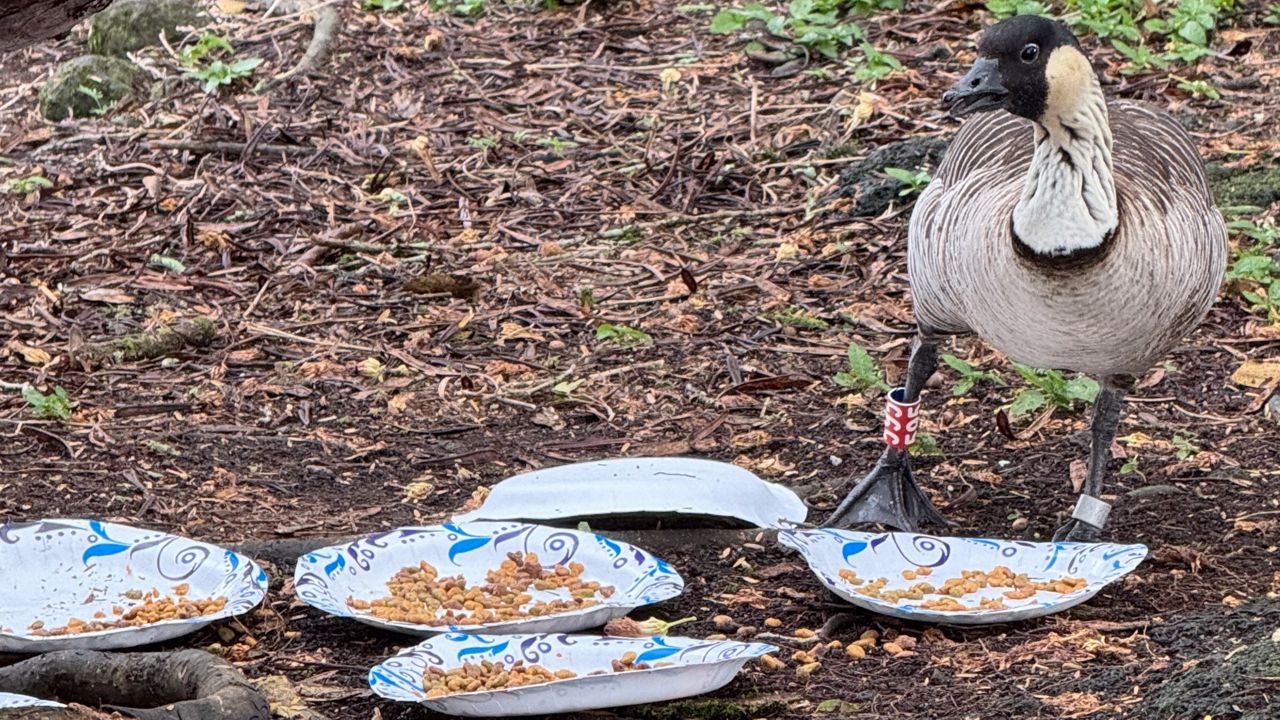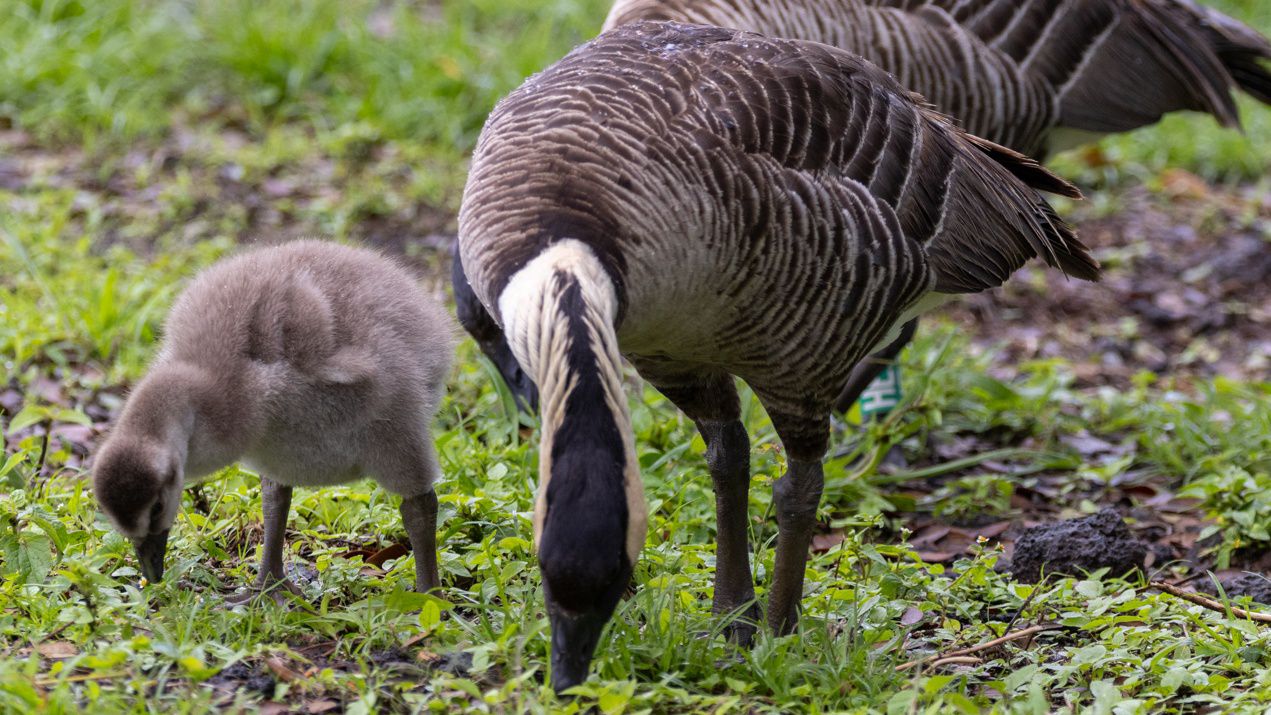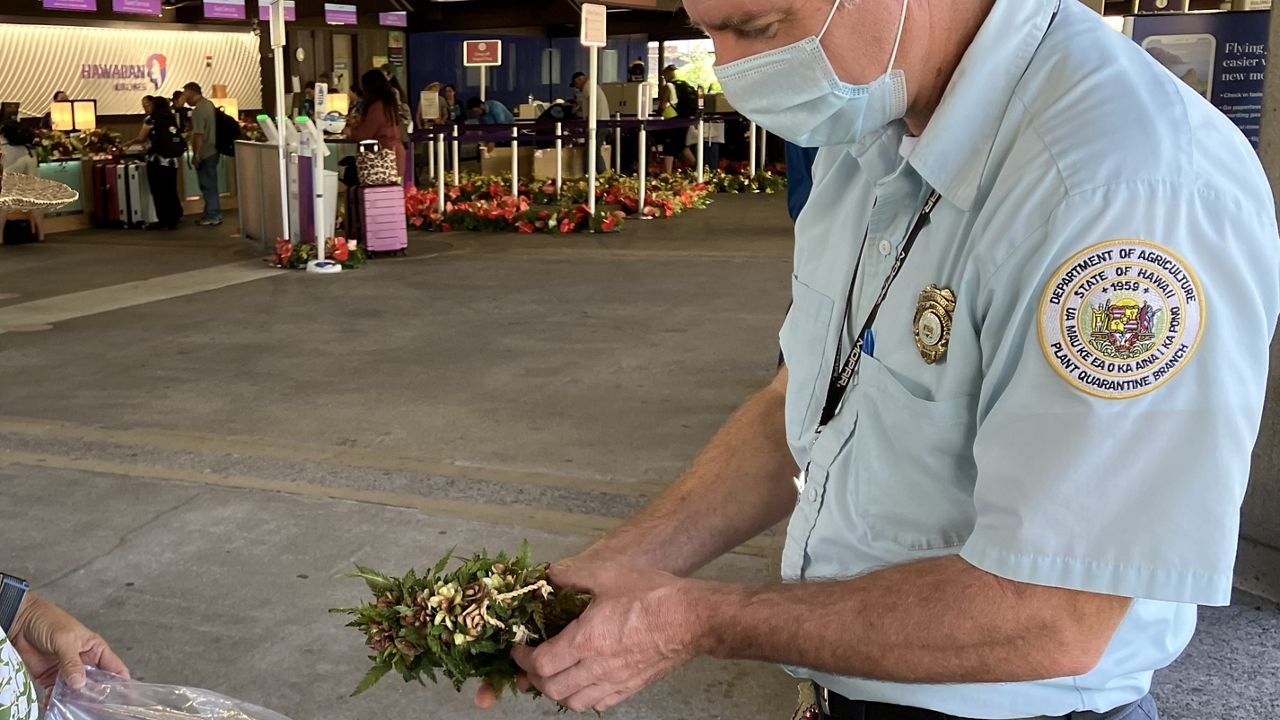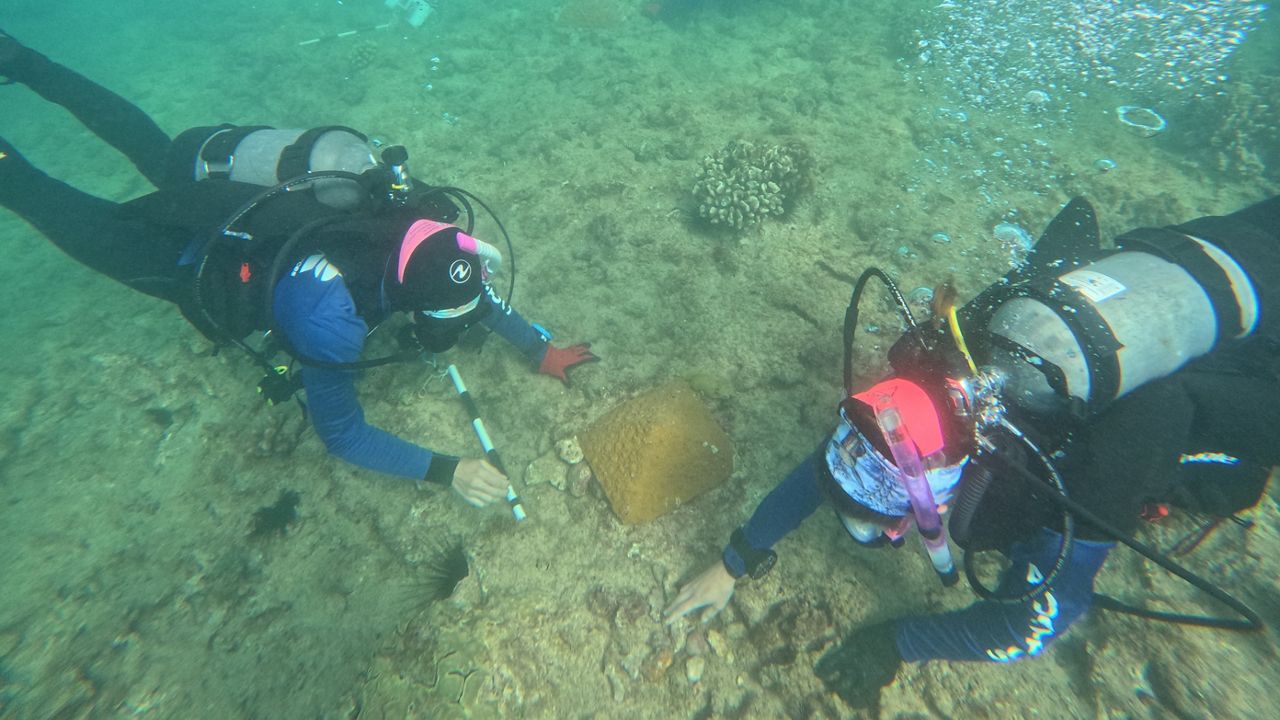HILO, Hawaii — The Department of Land and Natural Resources says a nene gosling is believed to have died from toxoplasmosis, an infection transmitted in the feces of feral cats.
The gosling was found dead last month in Liliuokalani Parks and Gardens in Hilo.
The DLNR Division of Forestry and Wildlife sent the deceased bird to the U.S. Geological Survey National Wildlife Center for a necropsy, also known as an animal autopsy, who confirmed that the gosling’s cause of death was probably from toxoplasmosis.
After receiving the results, DLNR sent a news release to highlight their concern about feral cats and toxoplasmosis.
“This tragic incident highlights the problem of having feral cat colonies in areas that are known habitat for endangered or threatened species,” said DLNR Chair Dawn Chang in the news release.
Toxoplasmosis kills nene and critically endangered Hawaiian monk seal.
“We must keep cats out of native wildlife habitats or we’re likely to see more deaths among Hawaii’s State Bird population,” Chang added.
Raymond McGuire said the gosling’s death is especially sad, because nene have strong familial bonds. He said last year the same nene mother had another gosling stolen from her by a 57-year-old Hilo woman.
He said cat lovers, who feed feral cat colonies in areas where nene live, are well-meaning, but he hopes they will instead prioritize protecting native species.

“While it is well-known that a feral cat colony exists at Liliuokalani Park and Gardens, addressing this issue proves to be highly polarizing. In Hawaii, attempts to manage feral cats often face strong animosity, making progress seem daunting,” said Jordan Lerma, with the nonprofit Nene Research & Conservation. “We hope to circumvent much of that backlash and focus on solutions that can benefit both conservation efforts and feral cats.”
Lerma said his organization supports legislation aimed at reducing pet abandonment, which includes requiring spaying and neutering cats and micro-chipping.
“Additionally, we advocate to make it illegal to feed feral cats on Hawaii County property to prevent the misconception that abandoned cats will be cared for,” said Lerma.
Michelle Broder Van Dyke covers the Hawaiian Islands for Spectrum News Hawaii. Email her at michelle.brodervandyke@charter.com.









